With the rising costs of electricity and a growing concern for our environment, more and more homeowners are turning to solar power as an alternative source of energy. Harnessing the sun’s rays not only reduces your carbon footprint but also cuts down on your utility bills in the long run. But simply installing solar panels is just the first step; maximizing their potential requires some careful planning and consideration.
In this blog post, we will share essential tips that can help you make the most out of your home solar energy system. To learn more, you can read about ERCOT and Green Energy, exploring the intricate dynamics of how the Texas grid operator navigates the challenges and opportunities associated with integrating renewable resources for a cleaner and more sustainable energy future.
Proper Placement and Orientation
The placement and orientation of your solar panels have a significant impact on their performance. Solar panels should be installed in a location that receives maximum sunlight exposure throughout the day. Orienting them towards the south (in the Northern Hemisphere) or north (in the Southern Hemisphere) ensures that they receive direct sunlight for extended periods. Additionally, shading from nearby objects such as trees, buildings, or chimneys should be minimized to prevent any obstruction to sunlight.
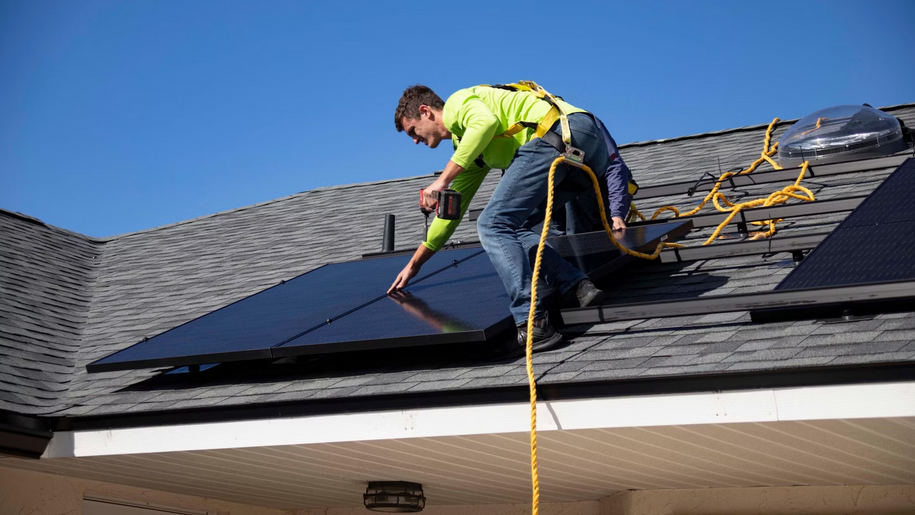
Optimal Tilt and Angle
The tilt and angle at which your solar panels are positioned impact their ability to capture sunlight effectively. To optimize energy production, adjust the tilt of the panels based on your geographical location and latitude. For instance, in regions closer to the equator, a flatter tilt angle may be appropriate, while higher latitudes may require a steeper tilt angle. Consulting with a professional solar installer can help you determine the optimal tilt and angle specific to your location, ensuring maximum solar energy generation.
Battery Storage Systems
Including battery storage into your home solar energy setup helps you to store the excess energy generated during the day for use during non-sunny periods or at night. By investing in high-quality batteries, you can harness and store surplus solar energy more efficiently, reducing your reliance on the grid and optimizing self-sufficiency. Battery storage not only enhances your home’s resilience during power outages but also allows you to take advantage of time-of-use electricity rates, further maximizing your savings.
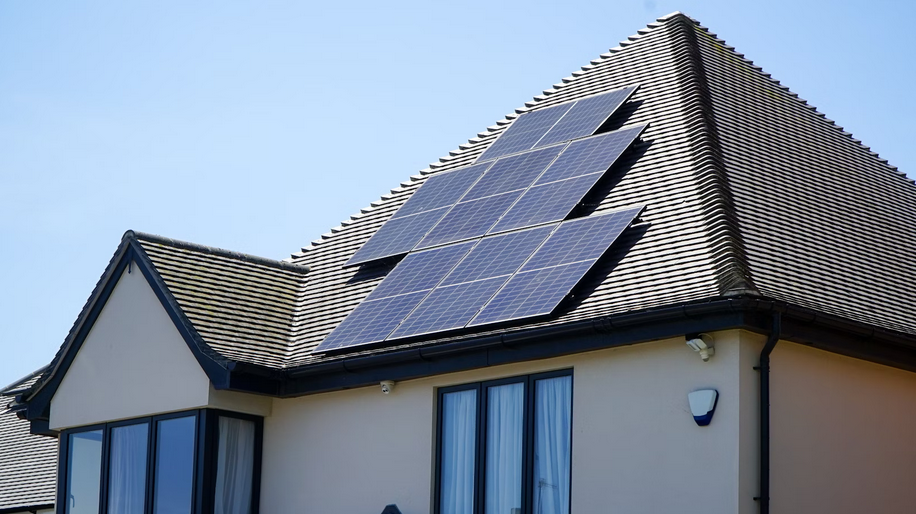
By utilizing proper placement and orientation, optimizing tilt and angle, incorporating battery storage systems, and implementing energy monitoring and efficiency practices, you can enhance the efficiency and longevity of your solar energy investment. Embracing these tips will not only enable you to save money on energy bills but also contribute actively to a greener and more sustainable future.

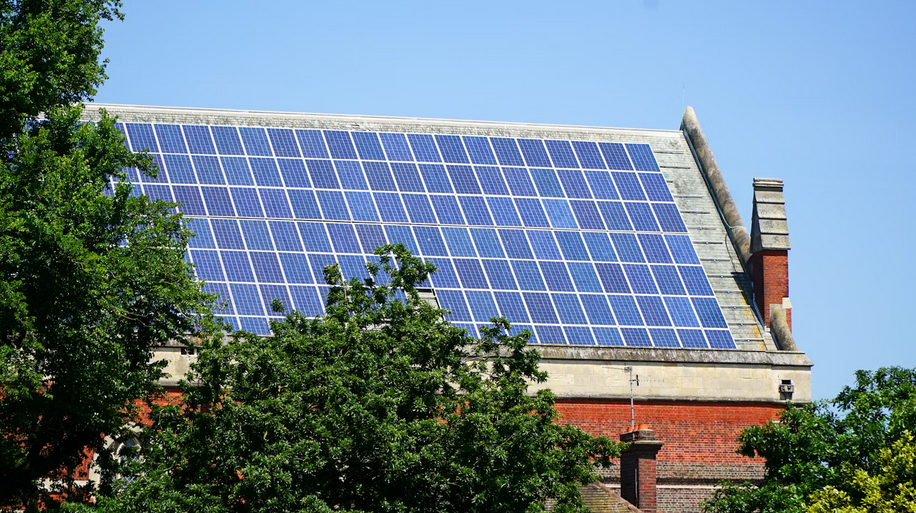
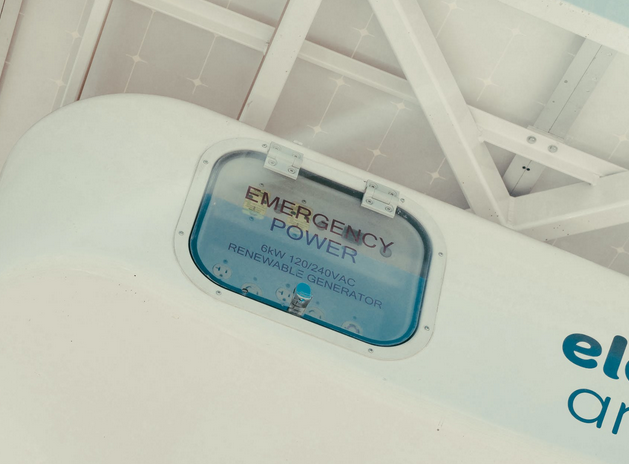
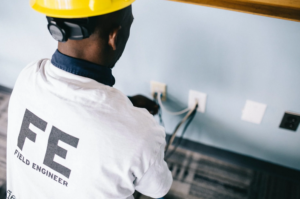 Before you search for how to
Before you search for how to